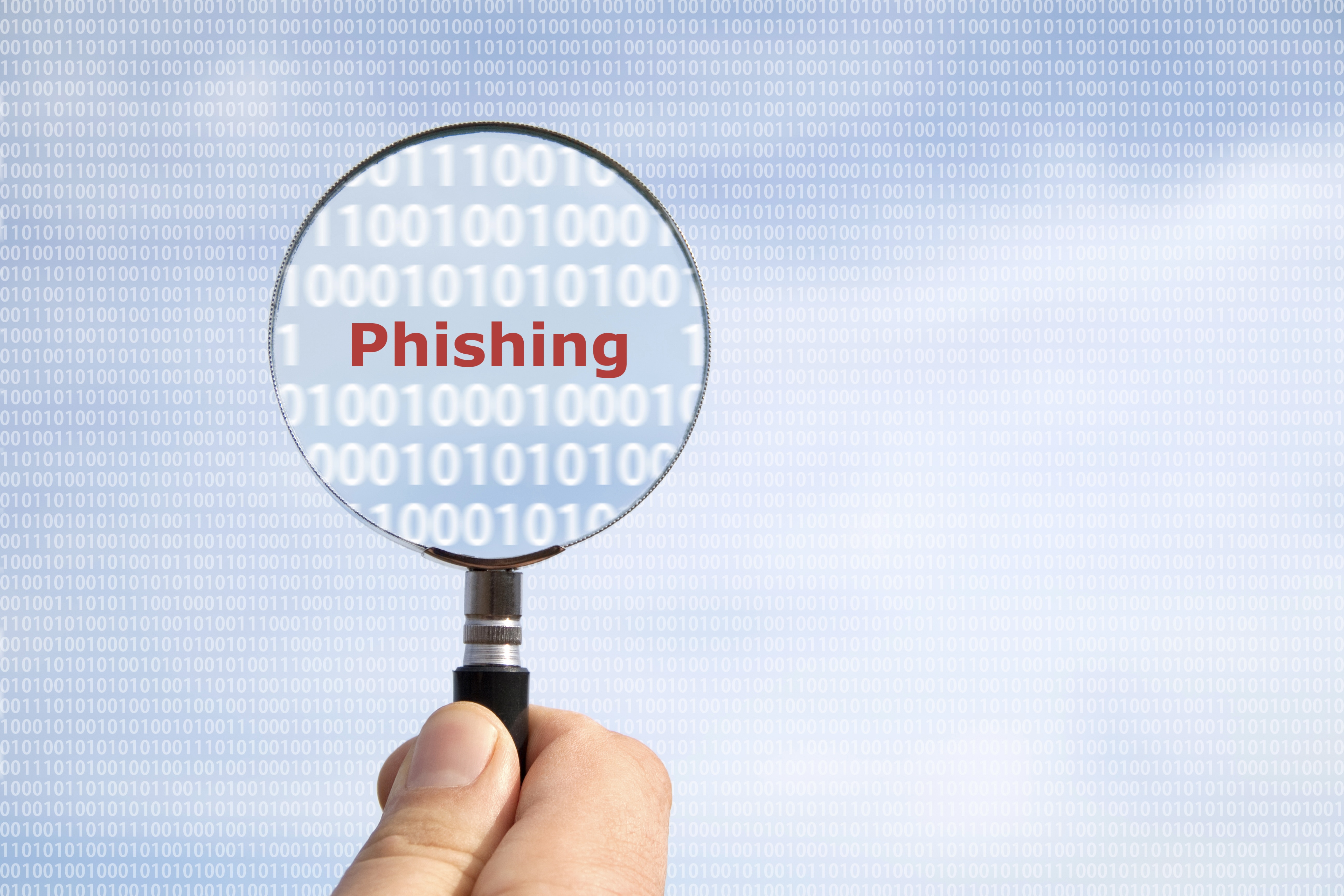Tactics You Need to Know for Online Brand Protection

When it comes to cybersecurity, we are often our own worst enemies. According to Cisco, almost 90% of data breaches were due to social engineering. This indicates that humans are a significant factor in some way for most successful cyberattacks against global brands.
Brand impersonation does not happen for attackers without getting access to crucial social media platforms, credential information, or privileged access from the target. Cybercriminals have gotten clever in how they approach gaining access to online platforms. Using a variety of tricks and tactics to convince well-intentioned people to turn over access to intellectual property, social media accounts, and other sensitive information.
When these tricks fail, they turn to technological solutions to bypass security controls to steal what they need. That is why attacks that focus on human errors form the foundation or attacks that lead to brand impersonation attacks.
Common Tactics
When it comes to launching a brand attack, cybercriminals work from a common playbook. They know they need to resort to trickery to get the access they need, so their set of attacks are surprisingly similar.
Social Engineering
Social engineering attacks trick users into making lousy security decisions by leveraging psychological manipulation. Attackers using social engineering use emotions, trust, and the tendency of individuals to comply with requests. They use deception and manipulation to play on these motivations. They trick individuals into divulging sensitive information or taking risky actions such as clicking on a link or opening an attachment.
Social engineering attacks come in many varieties and are challenging to detect as they rely on exploiting an individual rather than any digital vulnerability. These attacks can come from emails, phone calls, texts, websites, or even in-person conversations. Preventing these attacks is more challenging as they capitalize on human awareness and emotions. One person’s off day can lead to a massive incident for an entire organization.
Thread Hijacking
As a variation of social engineering, mandate fraud, also known as email thread hijacking, is a type of attack that capitalizes on trust in email. Cybercriminals do this by compromising the email thread of a high-level employee at an organization. Using this email thread, they request sensitive information such as financial information and login credentials. Some emails will have the employee take actions such as completing a financial transaction for the company.
Employees assume that the request is legitimate because it comes from a known high-level employee in the organization and it is part of an ongoing thread of emails. This makes them more likely to comply with requests and not question authority. Mandate fraud can cause significant organizational damage, as the impact of financial losses or leaked data can be extreme. Attacks like this can set the stage for a brand impersonation attack. Often employees take actions they believe to be appropriate but instead put pieces in place for an attack.
Pharming
Pharming attacks redirect traffic from legitimate registered domains to malicious websites by manipulating DNS (domain name systems) records. In these attacks, the cybercriminals either alter the DNS record for a site or use malware to change local DNS records for a victim. Either way, when the victim attempts to go to what they believe is a legitimate site, they are instead redirected to the site planted in the DNS record.
Pharming attacks are a form of brand abuse. They are especially damaging when combined with site cloning to make the destination site appear to match a genuine e-commerce or banking site. In these instances, victims are more likely to accidentally enter login credentials or payment information, giving attackers high-value data without even being aware they were victims.
Malware
Cybercriminals use malware as the gateway to access sensitive systems in an organization. Users come across it via infected email attachments or compromised websites which infect their computers. Malware can accomplish various tasks, such as stealing and exfiltrating sensitive information to installing rootkits. Rootkits allow cyber criminals to access the computer and conduct wide-range attacks on the internal network.
Information and privileged access granted from malware often set the stage for brand attacks. Once cybercriminals have this level of control and business access, they have all the pieces they need to escalate to a full-blown brand attack.
Uncommon Solutions for Online Brand Protection
Finding practical solutions to these common threats takes thinking outside the box. There is no way to eliminate the human element from the attack chain and prevent the increased access this can give attackers. Instead, it is necessary to accept that cybercriminals will attempt brand attacks and take steps to block them before they can launch.
Watching for Trouble
Businesses can stop attacks before they start by assuming there is always a way for attackers to get their hands on the information necessary to launch a brand attack. Using threat intelligence capabilities to monitor for signs of an attack targeting your brand can occur through sources such as dark web chatter, chat rooms, and message boards.
Additionally, tracking domain registrations for names similar to existing domains controlled by your organization will alert you to attackers preparing a brand impersonation attack. The accuracy of this information and the level of effort to harness it is relatively high. It requires analyzing the more than 180,000 global domain registrations daily, which cannot be accomplished manually and requires specialized tools to efficiently and effectively analyze.
Striking Fast
Collecting data is only the first step in a comprehensive online brand protection strategy. Striking fast to eliminate counterfeit products, fake online marketplaces, and other types of online brand abuse is the essential next step.
When new domains are identified to be used in attacking your brand, the only way to break the attack is to move rapidly and eliminate the threat. Malicious domains can be removed at the registrar via takedown requests. Unfortunately, these brand protection services are more complex and require gathering evidence and presenting a case showing that the domain is malicious to have it removed.
Initiating the takedown process can be time-consuming, requiring tracking requests for additional information and overall progress. Doing this process without an additional support tool will cut heavily into staff resources or extend the process due to insufficient tracking. Brand protection solutions that manage this workload reduce staff efforts and ensure the process is followed, even when business is busy.
The Right Tools to Protect Your Brand
Tackling cyber threats against your brand is no small task for any business. With Bfore.Ai, your team gets a comprehensive ip protection solution driven by machine learning to stop fraudulent activity.
Bfore.Ai combats brand attacks using continuous monitoring to track domain registrations, signifying the start of impersonation attacks along with gathering continuous intelligence from the dark web. As threats are identified, Bfore.ai leaps into action, deploying countermeasures to limit the attack’s impact by starting and managing the takedown process for you.
Schedule a demo today to learn more about how Bfore.ai can help your company stop brand attacks to defend your reputation.
.png?width=1200&height=627&name=Online%20Impersonation%20Ebook%20Blog%20Ad%20(1).png)


